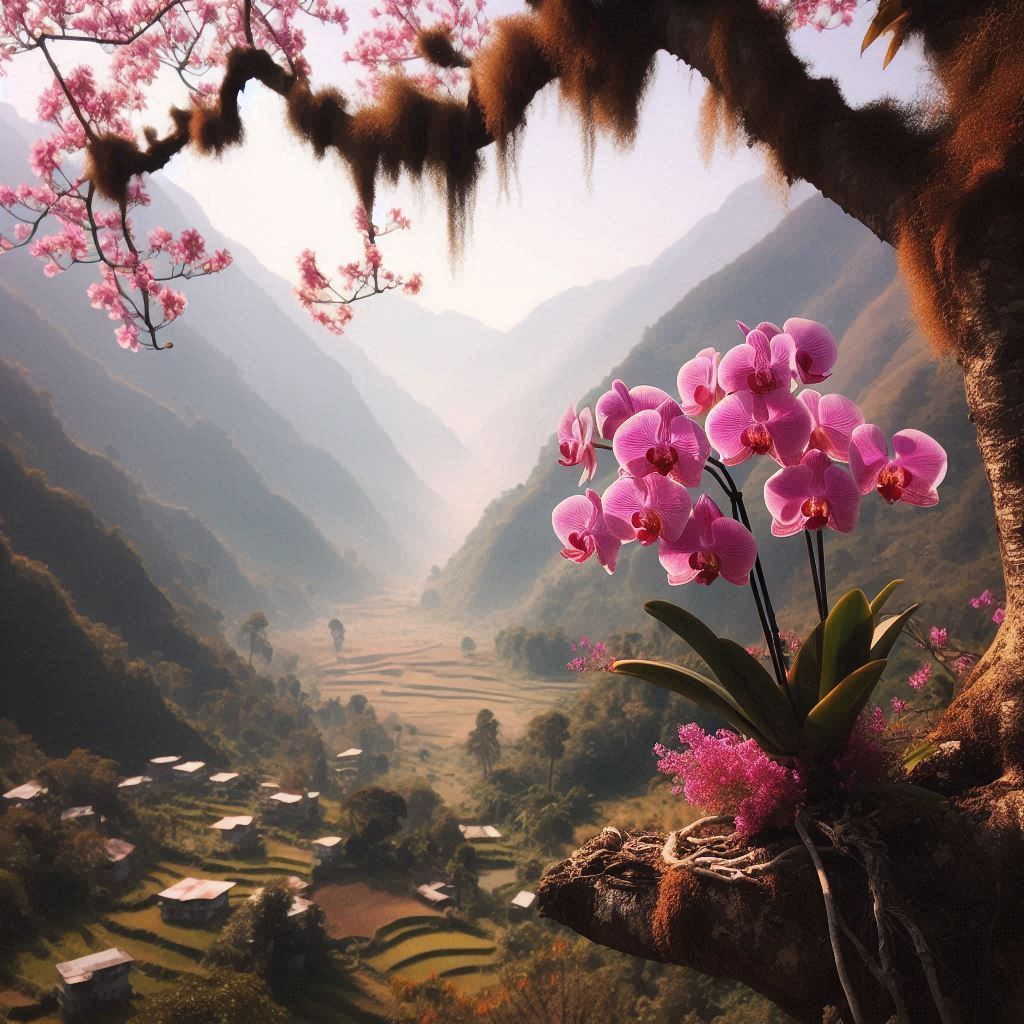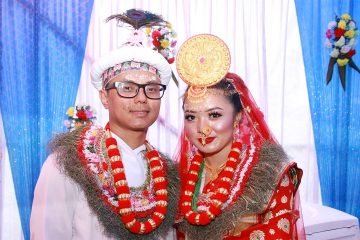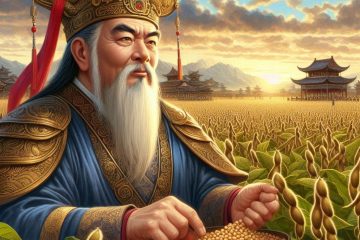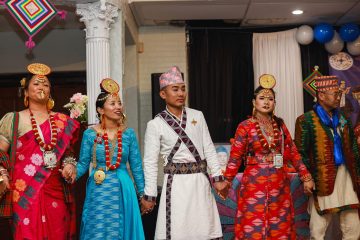According to the Yakthung Limbu Mundhum, Upon the wish of Tagera Ningwafu Mang, the supreme god, Porokmi Yambhami God created the earth, ocean, sea, rivers, mountains, hills, forests, birds, and animals. In bringing life to our world, he also handcrafted rational humans, beings capable of deep emotions and connections. However, Porokmi Yambhami God realized that this earth lacked a certain essence and thus began the beautiful ritual of creating various flowers. As the arrays of creation unfolded, different types of flowers emerged, each carrying a unique significance and purpose. Among these delicate blooms were Yakthung Limbu’s Sembhungfung, symbolizing separation, Tumbhongfung, the flower of reunion, and the enchanting Amlafung or Amlarifung, known as the Orchid flower symbolizing love. These divine blossoms were thoughtfully placed within the verdant forests, weaving a kaleidoscope of colors and scents into the natural world.
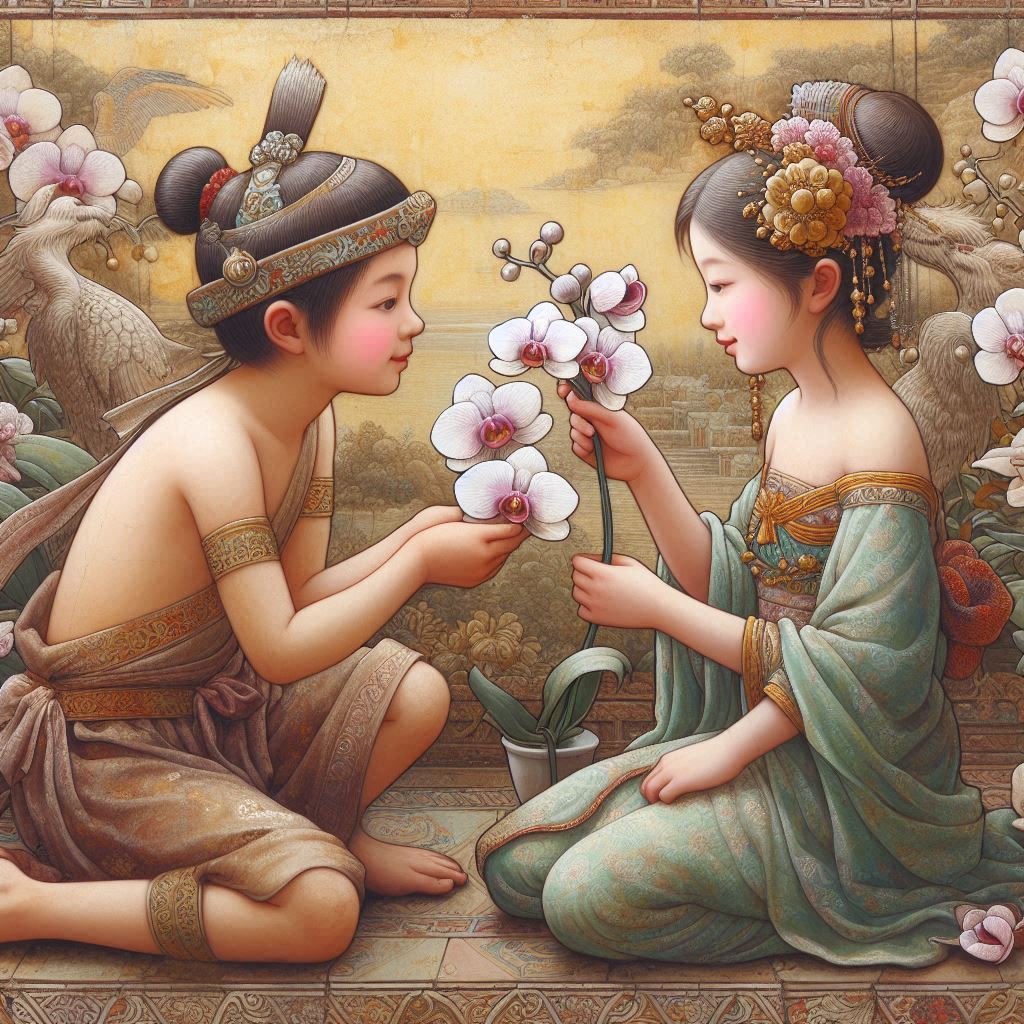
According to Yakthung Limbu myth, a dashing young man named Pajaingba felt his heart overflowing with love as he was mesmerized by the beauty and grace of Luplina Vadannama, completely captivated by her charm and elegance. Pajaingba set out to express his deep feelings by crafting a heartfelt gesture – a white Amlarifung (Orchid flower) delicately wrapped in a leaf and entwined with the vine of a climber, known as the Bhorla plant. This gesture of love was sent as a graceful gift along with a flourishing bamboo plant, symbolizing growth and strength. In return, the gracious Luplina Vadannama reciprocated Pajaingba’s affection by sending a pink Amlarifung, along with Kom, Binayo, Fans, Sakfari, and Yangha Bamboo, all carefully arranged in a traditional Jabe bag handwoven from bamboo. Through this exchange of tokens, the bonds of love deepened, and the immortal flower of love bloomed within Pajaingba’s soul, forever intertwining their destinies.
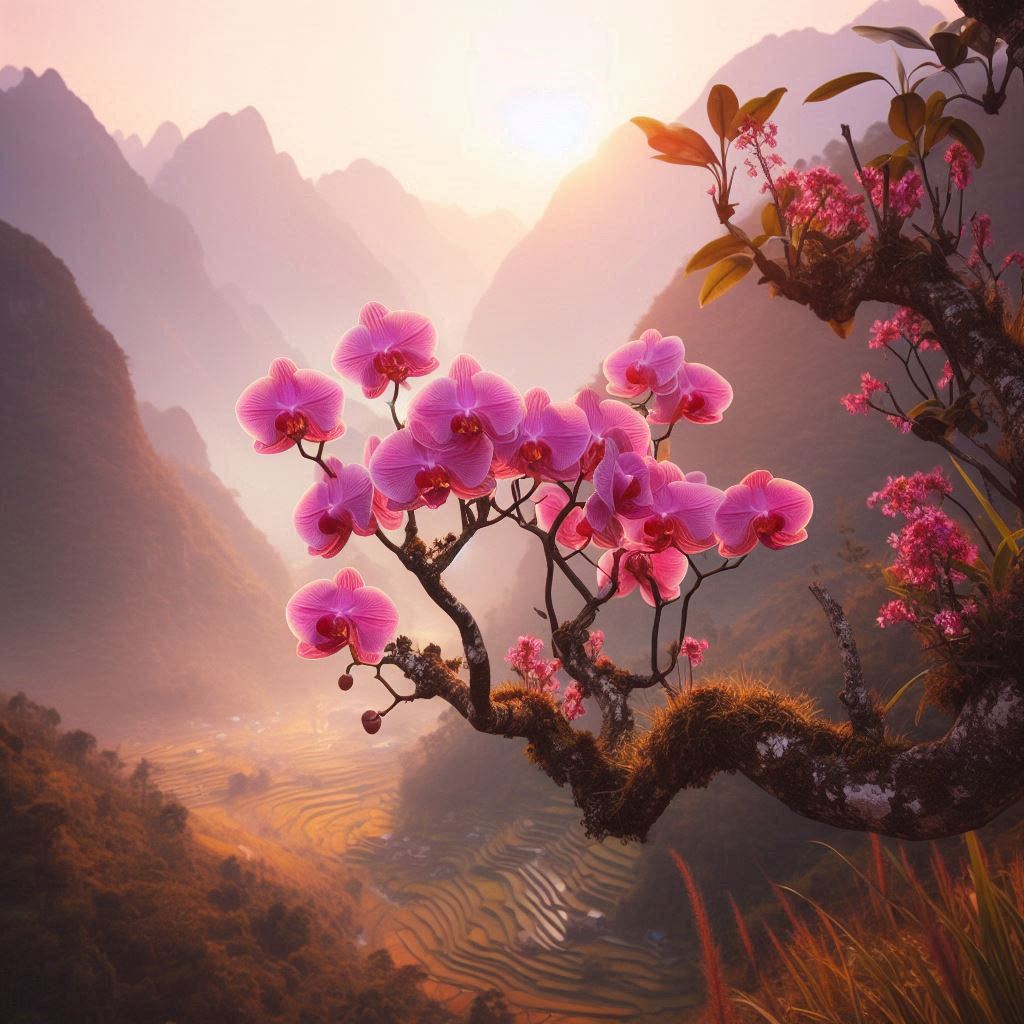
As their love flourished, Pajaingba eventually mustered the courage to propose to Luplina Vadannama, seeking her hand in marriage. However, Luplina Vadannama, in her wisdom, laid down a condition that Pajaingba should construct a new house before they could wed. Determined to fulfill his beloved’s wish, Pajaingba embarked on a quest, seeking inspiration from nature’s abodes. He studied the homes of birds, fish, and animals before arriving at a groundbreaking idea to build the first house for mankind in the realm of Tagera Ningwafuma Mang. With great effort, he erected the initial dwelling but faced a tragic setback when a mishap caused the original pillar to collapse, leading to the loss of his daughter.
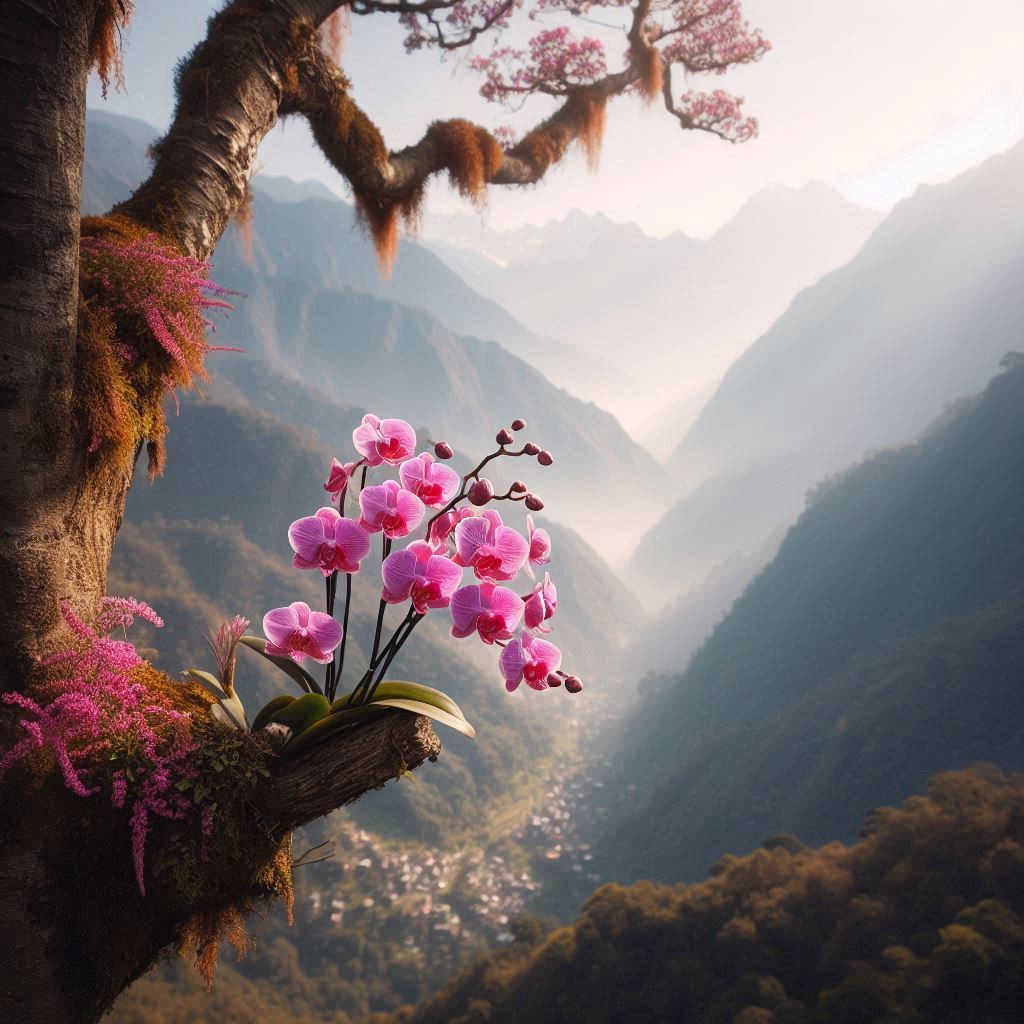
Undaunted by adversity, Pajaingba persevered and sought guidance from the wise Soghungen Lepmuhang on fortifying the house. Following the counsel, a traditional Ke (Chaybrung) ceremony was conducted, infusing the structure with strength and resilience. Through the rhythmic beats of Ke and joyous dances encircling the newly reinforced pillar, the house gained durability and stood as a testament to perseverance and love. In a heartfelt culmination, Pajaingba and Luplina Vadannama were united in marriage, sealing their bond amidst the adoration and cheers of those gathered.
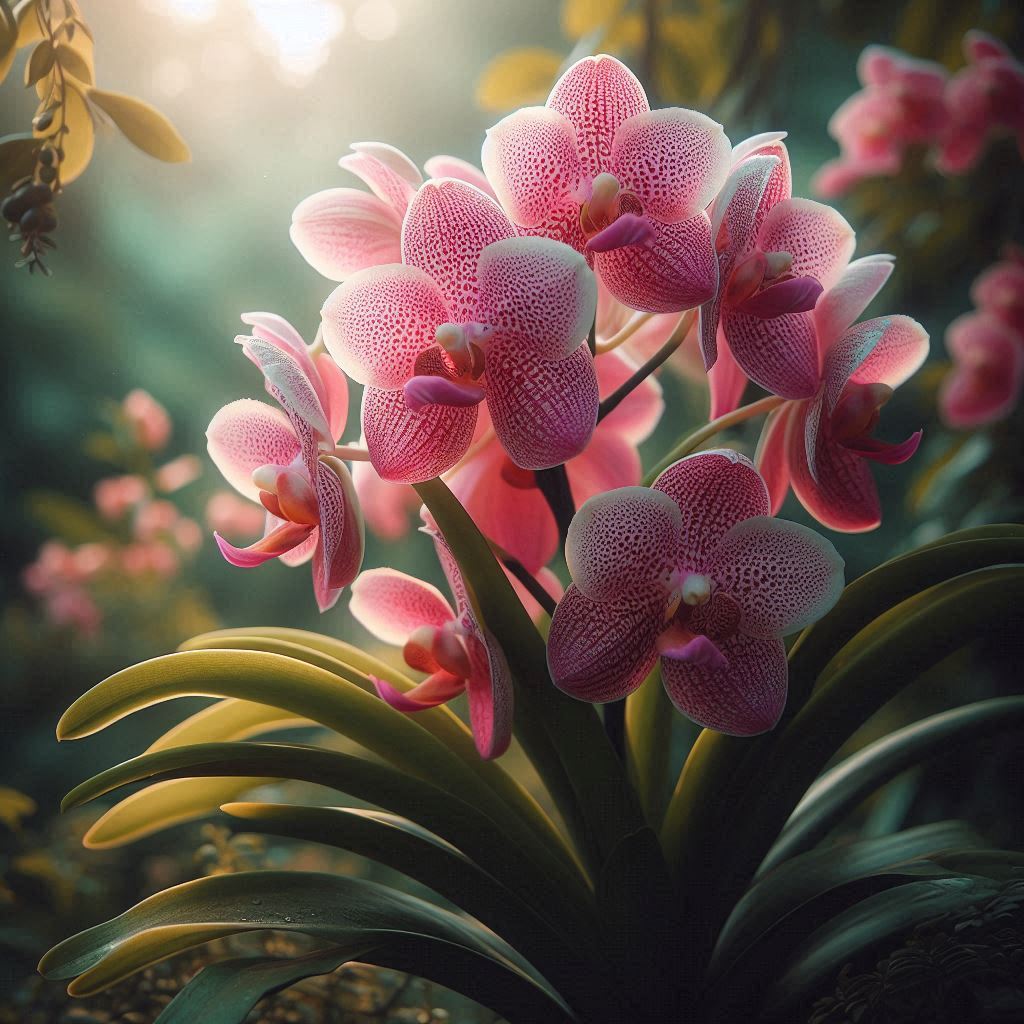
Since then, the tradition of playing Ke(Chyabrung) during marriage ceremonies and before starting a new chapter by moving to a new house has been upheld by the Yakthung Limbu people. It is believed that the exchange of Amlafung or Amlarifung symbolizes the eternity of love, emphasizing the significance of these traditions in ensuring everlasting bonds and new beginnings for the community.

